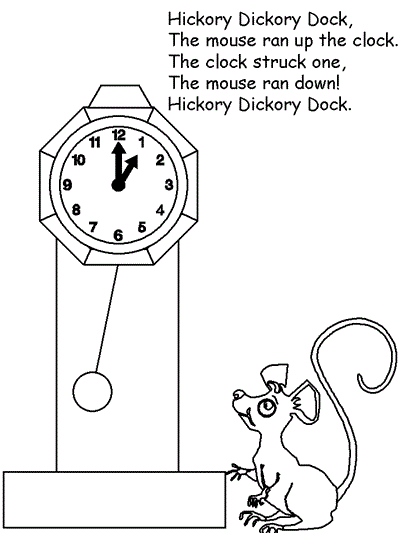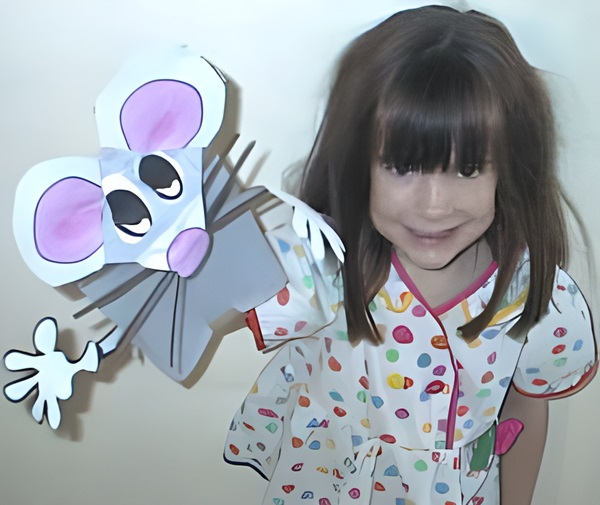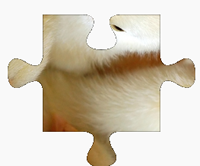DLTK's Nursery Rhymes for Kids
Hickory Dickory Dock
Hickory Dickory Dock,
The mouse ran up the clock.
The clock struck one,
The mouse ran down!
Hickory Dickory Dock.
Hickory Dickory Dock Lyrics and Coloring Pages:
Hickory Dickory Dock Crafts:
Hickory Dickory Dock Printable Resources:
Hickory Dickory Dock Puzzle Worksheets:
On-Line Jigsaw Puzzles:
Other printable activities:
The History of "Hickory Dickory Dock"
"Hickory Dickory Dock" is a well-loved nursery rhyme and children's song that has been a staple of early childhood education for generations. The rhyme features a mouse running up and down a clock, accompanied by a simple, rhythmic verse that makes it easy for young children to learn and recite.
Origins and Evolution
The exact origins of "Hickory Dickory Dock" are not well-documented, but the rhyme is believed to have originated in England. The earliest recorded version appeared in the 18th century. It was first documented in the form of a nursery rhyme in "Tommy Thumb's Pretty Song Book," published in London in 1744. The rhyme has undergone various adaptations and variations over the years, but its core elements have remained consistent.
The rhyme is thought to have originally been a counting-out rhyme, used by children to select someone for a game. The use of nonsense words like "hickory dickory" is a common feature in such rhymes, adding to their playful and rhythmic nature.
Plot Summary
The rhyme typically goes through the following scenario:
- A mouse runs up a clock.
- The clock strikes one, and the mouse runs down.
Additional verses often follow, involving other times on the clock and various antics of the mouse. This repetitive and predictable structure helps children with counting and understanding the passage of time.
Themes and Interpretations
"Hickory Dickory Dock" is primarily appreciated for its simple, rhythmic language and the amusing image of a mouse interacting with a clock. The rhyme is often used to teach children about numbers and time, as well as to develop their rhythmic and memorization skills.
Cultural Impact
The rhyme has been included in numerous collections of nursery rhymes and children's songs. It is frequently featured in picture books, educational programs, and interactive activities for young children. Its enduring popularity is a testament to its effectiveness as a teaching tool and its appeal to children.












